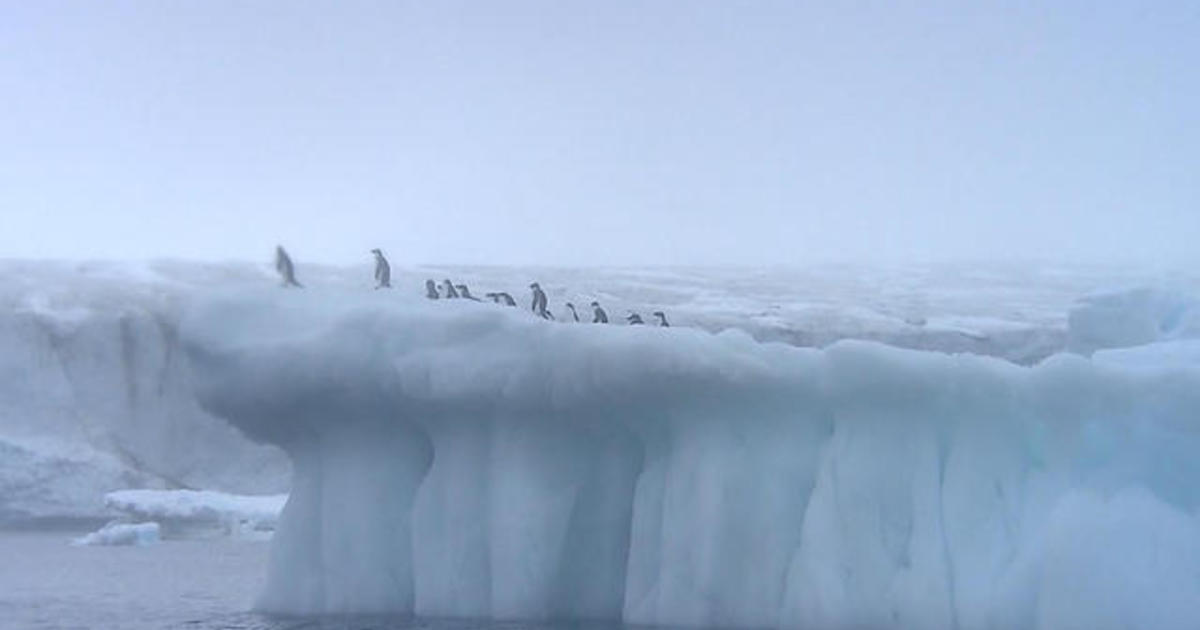

The development of the rift over the past year was monitored using data from the European Space Agency Sentinel-1 satellites, a radar-imaging system capable of acquiring images regardless of cloud cover, and throughout the current winter period of polar darkness. Unfortunately, there are no public websites allowing a live view of the iceberg or ice shelf. "We will continue to monitor both the impact of this calving event on the Larsen C ice shelf, and the fate of this huge iceberg." “We have been anticipating this event for months, and have been surprised how long it took for the rift to break through the final few kilometers (miles) of ice," Luckman said. Previously, he said the iceberg breaking off "will fundamentally change the landscape of the Antarctic Peninsula." The calving reduced the size of the ice shelf by some 12%. Some of the ice may remain in the area for decades, while parts of the iceberg may drift north into warmer waters." "The iceberg is one of the largest recorded and its future progress is difficult to predict," said Adrian Luckman, a professor of Swansea University and the lead investigator of Project MIDAS. "It may remain in one piece but is more likely to break into fragments.

ANTARCTICA ICEBERG BREAKING OFF 2017 CRACK
Now, the 120-mile crack first spotted in 2011 finally made its way back to the sea, "calving" off the massive berg. Over the past several months, an ever-lengthening and widening crack in the ice shelf captivated the world. At 2,200 square miles, the chunk of floating ice is nearly the size of Delaware. The 1 trillion ton iceberg, with twice of the volume of Lake Erie, broke off from the Larsen C ice shelf between Monday and Wednesday, according to Project MIDAS, which has been monitoring the shelf. One of the largest icebergs ever recorded broke off from an ice shelf in Antarctica, British scientists announced Wednesday. Recent computer simulations suggest that the loss of A-68 did not significantly weaken Larsen C, but scientists will continue to monitor the monster iceberg and its parent ice shelf, to better understand the impacts of significant calving events on Antarctic ocean ecosystems. Meanwhile, A-68 continues on its ocean journey, drifting away from its icy source. And they are racing to do so before exposure to sunlight brings new species to the water and changes these mysterious environments. Researchers are now scrambling to take advantage of a rare opportunity to investigate portions of the seabed near Larsen C that were covered in ice for more than 120,000 years and were recently exposed after A-68's departure. By contrast, sea ice forms on the ocean surface when seawater freezes and is typically just a few meters thick.Īntarctica's Larsen C ice shelf lost about 10 percent of its area when iceberg A-68 broke away in July 2017. These vast structures build up over thousands of years, forming when ice sheets and glaciers on land flow past the coastline and over the ocean. Larsen C, where A-68 originated, was one of Antarctica's largest ice shelves. Though it is about 623 feet (190 meters) thick, only about 100 feet (30 m) of it is visible above the ocean surface, British Antarctic Survey (BAS) representatives said in a statement. Seen from the sky as the helicopter flies alongside the iceberg, A-68 towers above the sea ice surrounding it. Whatever your frame of reference, the newly released video and images confirm that A-68 is an impressive sight. It has been described as about the size of Delaware, twice the size of Luxembourg or roughly four times the size of London. The massive iceberg weighs an estimated 1 trillion tons and spans more than 2,300 square miles (6,000 square kilometers). To capture the incredible video and stills, cameras carried by helicopters circled over and around the iceberg, called A-68, as it continued to move into the Weddell Sea, away from the Larsen C ice shelf. The British Antarctic Survey has released the first-ever video footage of an enormous iceberg as it broke off from an Antarctic ice shelf in July 2017.


 0 kommentar(er)
0 kommentar(er)
